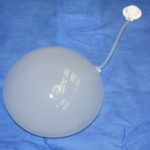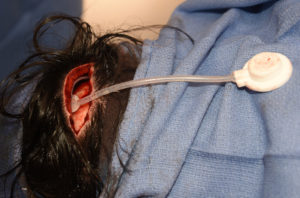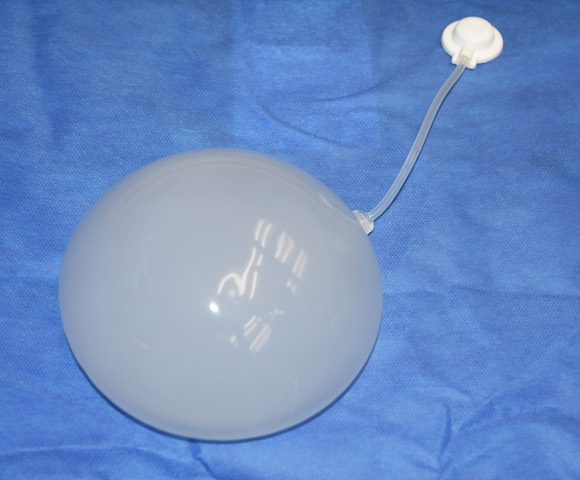One of the principles of aesthetic skull implant augmentation is that the scalp has to stretch to accommodate it. As the implant is placed, the full thickness of the scalp is elevated off the bone to make the recipient tissue pocket. By releasing the attachments of the scalp to the outer cranial surface the natural elasticity of the scalp is allowed to become evident.
While everyone’s scalp has some ability to stretch, the question is whether it can stretch enough to safely accept the implant volume/size that the patient desires. While there is no exact formula for how much implant volume any patient’s scalp can permit, there are some basic principles I have learned. First, the patient’s skin color is a guide. The more pigment a patient has the more elasticity the scalp will likely have due to increased tissue thickness. Second, preoperative testing of the scalp’s flexibility is useful. The more mobile it is the more elasticity it has. Lastly, almost any patient can safely have an implant volume of 125cc or a maximum projection point of 10mms.


Scalp expansion can be done two ways; immediate and serial injections. Most commonly the patient does their own injections every 2 or three days with a 10ml volume each time. The goal is to get in at least 150mls over a six week period. But occasionally there are patients who are unable to do their own injections. In these cases I perform an immediate expansion and try to get in 80 or 90mls or the maximum amount that will still allow the scalp incision to be closed. While it will be less than volume than a serial injection expansion will achieve, it will allow for some scalp stretch and relaxation over the ensuing six weeks.
One of the important differences between expansion for an aesthetic skull implant vs expansion for reconstruction purposes is the volume needed. Unlike a reconstructive scalp expansion, the volume needed for an aesthetic skull implant is much less. It does not need to be more than the actual implant itself. Thus it is usually not very noticeable, if at all, in the expansion phase. (depending upon how much hair one has.
Dr. Barry Eppley
Indianapolis, Indiana



